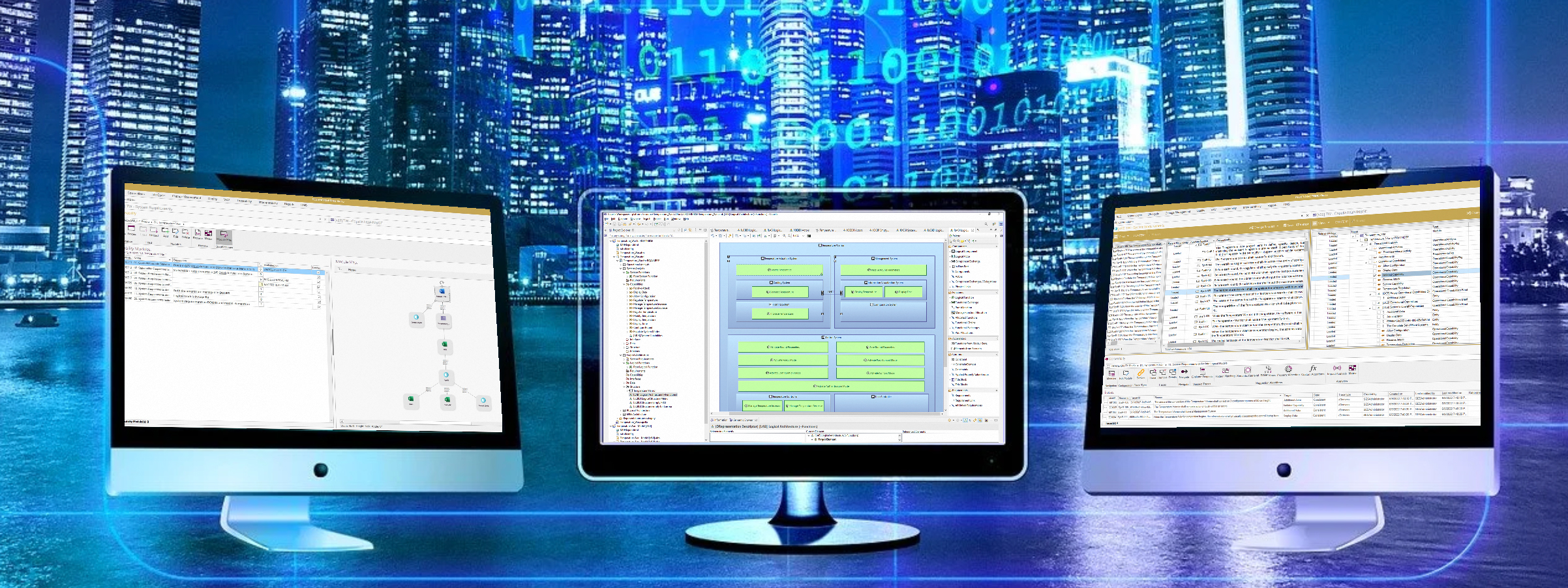
SES ENGINEERING Studio providing connectivity and interoperability
Description:
In the current Systems Engineering domain, the complexity of the processes and tasks to be managed has pushed the need for a wide spectrum of different tools, each one specifically designed to cover a set or niche of the entire life cycle. While being the most efficient approach to precisely handle each particular process, collecting and integrating every piece of information into a global project perspective can pose a huge challenge.
Nowadays, systems engineers have two potential options to somewhat enable the Digital Thread: either to manually perform the exporting and importing operations (if allowed by source and target) for every information piece or to adopt the PLM (or Product Life cycle Management) approach of having an environment containing every required tool.
Here is where the third and most innovative option comes into play, under the name of the SES ENGINEERING Studio.
This environment has NOT been designed to replace any of the systems engineers’ current tools, but to provide connectivity and interoperability between them: Requirements Management Systems (RMSs), Product Life cycle Management (PLMs), Modelling Tools (Capella – Arcadia; Cameo, Rhapsody, Enterprise Architect – SysML; Solidworks – 3D Modelling; etc.), Simulation Tools (Simulink, Modelica, etc.), and many more.
In the SES ENGINEERING Studio environment, what is referred to as a “Single Source of Truth” in the systems engineering domain, the latest version, detailed information regarding a particular process, etc. will ALWAYS be managed inside the corresponding external tools, which possess the most suitable and advanced capabilities to achieve so.
With every Single Source of Truth managed within the external tools, the SES ENGINEERING Studio performs the role of the Authoritative Map to Truth, providing connectivity and interoperability to and between every source, while being always synchronized with them.
Interoperability inside the SES ENGINEERING Studio Environment
According to the Cambridge Dictionary, Interoperability can be defined as: “The degree to which two products, programs, etc. can be used together, or the quality of being used to be used together.”
As described previously, applying this concept to Systems Engineering can certainly be complicated, due to the sheer amount of different tools used for each specific task. However, SES ENGINEERING Studio provides a potential solution to this problem.
With such an extended catalogue of potential connections, the Authoritative Map to Truth offers the tools required to interoperate between them by offering both, operation and transformation functionalities.
Considering these capabilities, having to re-iterate over resources & information already generated in previous project phases becomes a thing of the past. Every element defined, regardless of the source type, can be operated with and transformed into its corresponding counterpart.
Agenda:
During this webinar the subsequent use cases will be covered:
- Automatic rewriting of low-quality requirements.
- Automatic generation of SysML model from textual requirements.
- The transformation from SyML to Arcadia model.
- Automatic generation of code from Conceptual Models.
- Automatic generation of 3D Models from Conceptual Models.
- Import/Export vs Roundtrip.

Date:
Wednesday, November 2, 2022, 5:00 PM CET (Madrid)/ 9:00 AM PDT (Los Angeles)/12:00 AM EDT (Detroit)
Thursday, November 3, 2022, 9:00 AM CET (Madrid)/ 7:00 PM JST (Tokyo)/ 5:00 PM AEDT (Sydney)
